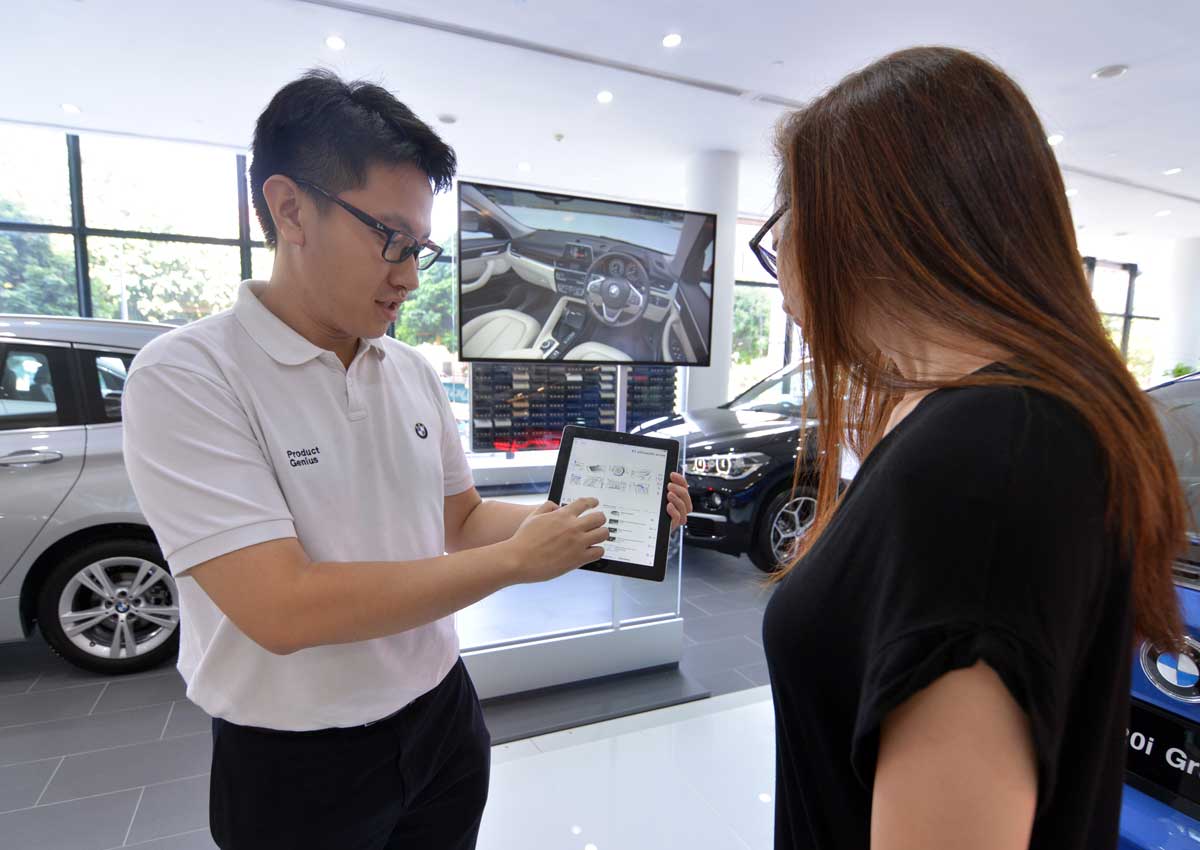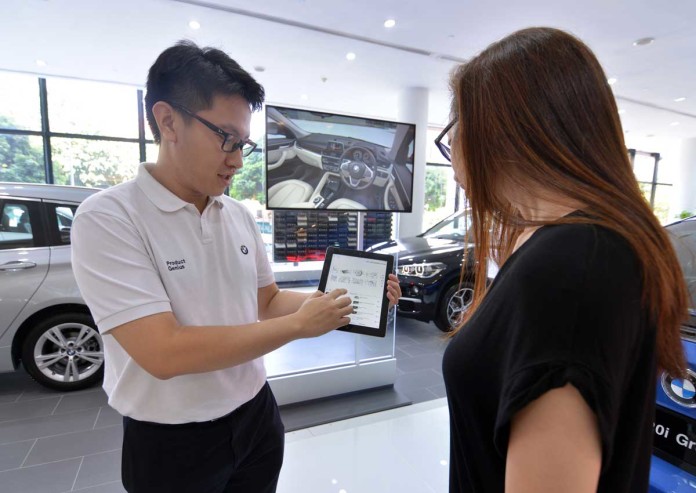T looks like the motor industry in Singapore is expecting COE (Certificate of Entitlement) premiums in 2017 to head anywhere but south, even as everyone agrees the economic uncertainty is weighing heavily on consumers’ minds.
Two weeks ago, passenger-car COE premiums fell to and below S$50,000, after having stayed above that level for most of the second half of this year. Wednesday’s final COE bidding exercise for 2016 will reveal whether it was a blip or not.
Victor Kwan, Wearnes Automotive managing director for Jaguar Land Rover, thinks it was.
“With the possible further reduction in the COE quota over the next few months, there should be upward pressure on COE premiums,” he says.
Ron Lim of Tan Chong Motor Sales also thinks so but with a caveat.
“The drop in passenger-car premiums in the first tender in December is reflective of the weaker buying sentiment, possibly due to the worsening economic sentiment,” says Mr Lim, the general manager of the authorised Nissan distributor for cars and goods vehicles.
“If premiums were to bounce back up to S$50,000 and above, I expect buying sentiment to weaken again, which will mean COE prices might fall back down.”
Raymond Tang, first vice-president of the Singapore Vehicle Traders Association, does not see premiums softening – at least for the next six months.
He believes the COE Category A premium will “inch up” in 2017, partly because of the motor show in January, when attractive deals attract more buyers, and partly because of steady replacement demand for low to mid-range cars.
Mr Tang says: “The small car COE premium should be stable in the first half of 2017 but for H2, we have to wait and see.
Most people are very cautious because of the economy and are waiting for some Budget goodies.”
Ricky Tay, managing director of Volkswagen Group Singapore, also has his eye on the Budget, but for a different reason.
“We will see whether the vehicle growth rate is cut because of Singapore’s car-lite push,” he says.
Mr Tay is also not convinced that premiums will fall much in 2017, mainly because of private-hire demand.
“Most of the growth in 2016 did not come from private car buyers but from parallel imports and ride-sharing companies,” he explains.
For Mr Lim, the “wild card” next year will be how aggressive the private-hire car companies are.
“If they continue to come in strongly, then we can be sure that COE premiums will remain well-supported or even be pushed higher,” he says.
Vincent Tan, managing director of VinCar, one of the biggest parallel importers here, also believes COE premiums will be stable in 2017, but for a different reason – a smaller COE quota.
He says that although Category A, B and E COEs combined should be up to 10 per cent more next year than this year, a higher number of COE revalidations could whittle them down.
“So COE premiums should be flat or slightly higher than today,” says Mr Tan, who adds that while the economy is a factor, “people still need a car”.
“Mass-market and mass-luxury models will still be okay, but supercars will suffer,” he says.
Also likely to suffer in 2017 are less well-known parallel importers because of recent high-profile cases of such vendors disappearing with customers’ deposits.
“Confidence in parallel imports (PIs) has been hurt, with the smaller importers and newcomers most affected,” says Mr Tan.
But he says VinCar, which has been in the business for 30 years, is not affected.
Mr Tang adds that the PI business has also slowed after authorised distributors began offering the same popular models, such as the Toyota Sienta compact MPV, and a made-in-
Japan Honda HR-V Crossover to take on the Vezel Japanese domestic model.
But second-hand cars will continue to shine.
“Used-car sales have been good in 2016 and will continue to be good in 2017 because of the economic uncertainty,” says Mr Tang, who is also managing director of Yong Lee Seng Motor, an established used-car dealer.
In the first 11 months of 2016, used-car transactions of over 104,000 overtook 2015’s total of about 94,000.
“People prefer to buy an older used car to tide over a difficult period instead of committing to a new car,” he says.
samuelee@sph.com.sg

This article was first published on December 21, 2016.
Get The Business Times for more stories.







